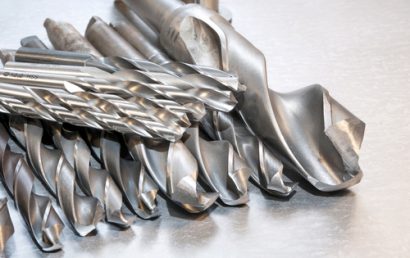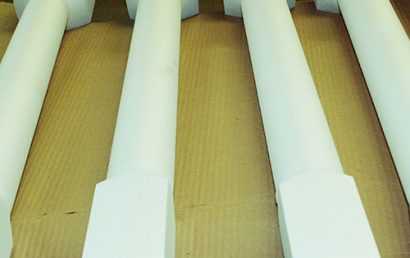4 Steps In Conformal Coating Process For Aerospace
A conformal coating process involves applying the correct layer of coat using the right material and application method on specific aerospace components. Different types of cold or thermal spray coatings can be used to repair these components or improve their resistance against the elements.
Keep reading to learn more about the basic steps involved in conformal coating processes. Following an exact procedure when applying a coat on a component ensures its optimal function.
Selecting the Right Materials
You might be happy to find out that there are multiple types of coating materials used to repair and protect aerospace components. Most of these materials involve polymers, resins and metal alloys. The first step in applying conformal coating is to select the right type of material.
For example, most cold and thermal spraying services use epoxy, urethane, silicone or acrylic coatings for various aerospace components. These materials have specific thicknesses and they can be easily applied using manual or automated spraying processes.
Deciding Upon the Coating Thickness
As mentioned earlier, the thickness of the conformal coating is also important. Some components require a thicker coat to ensure it functions optimally. Thermal spray coatings can have a thickness of up to 1 mm in some cases. Although a thicker coat doesn’t necessarily guarantee enhanced protection, most customers opt for a thicker conformal coating process for more peace of mind.
Choosing the Application Method
There are also multiple types of application methods. For example, a popular way to apply a coating on aerospace components is by dipping it into a special solution. This ensures an uniform layer of coat across the entire surface of the material and the conformal coating process is very quick and easy to set up.
At the same time, it’s possible to also go for a manual application method when it comes to applying conformal coatings. This means that a handheld spray or nozzle is placed above the components that need to be treated. This equipment can apply one or more layers of coats, depending on the specific needs of the project.
Although this process involves more time and effort to set it up, it can be very cost-efficient in the long run as it can automatically apply conformal coatings on hundreds or thousands of aerospace components.
Allowing the Conformal Coating to Dry
Once the conformal coating has been applied, it’s time to let it dry. This process can take a few seconds or several days, depending on various factors. Also, most conformal coats will dry on their own through evaporation, so you don’t have to do anything besides keeping the components in a safe place. On the other hand, more complex conformal coating processes require heat to dry the aerospace components completely.
Applying conformal coating to aerospace components is not an easy job. That’s why our technicians at A&A Coatings go the extra mile to ensure that every layer of coat is applied properly each time. Our services include both cold and thermal spraying as well as machining services.
If you want to make the components of your aerospace business more resistant to water, oxidation and heat then make sure that you speak with one of our specialists today!



